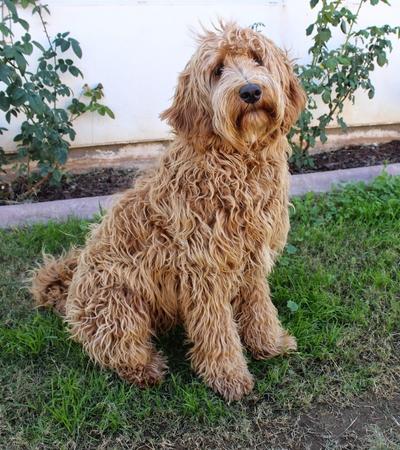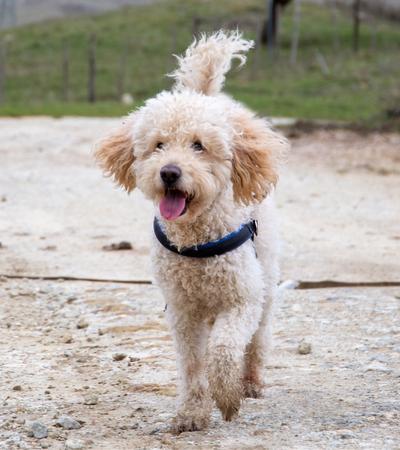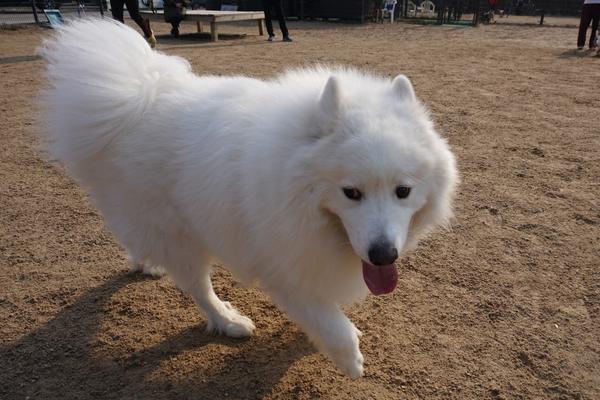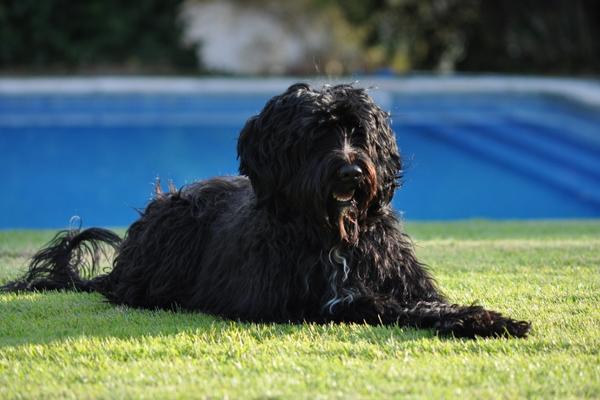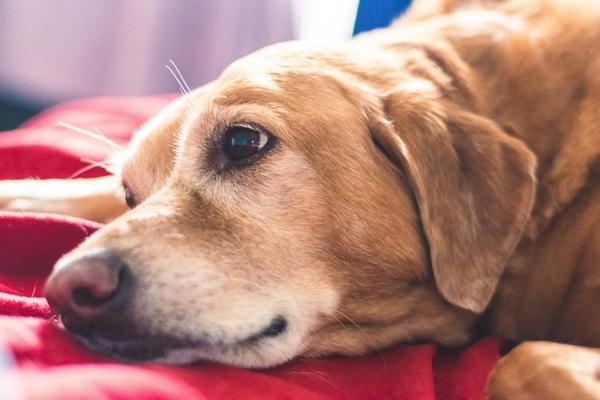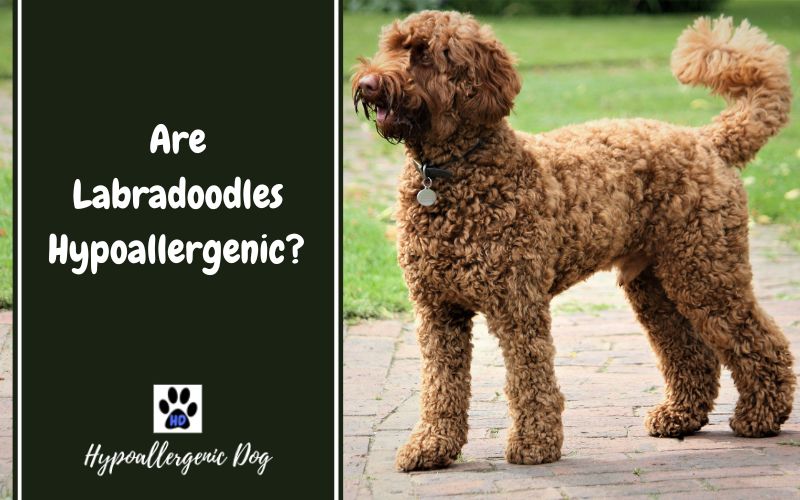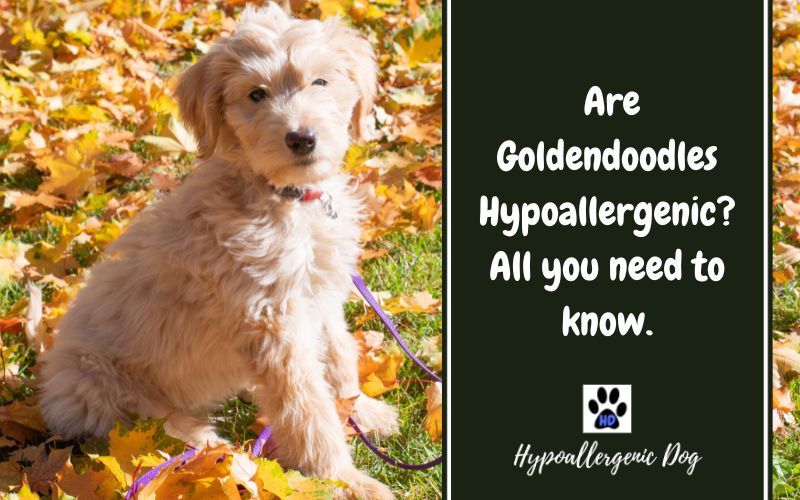Is a Labrador hypoallergenic? The lovable Lab is full of energy and will shower you with affection, but they aren’t a hypoallergenic breed. Labradors are heavy shedders all year round and wouldn’t be suitable for people with dog allergies.
Labrador Quick Facts
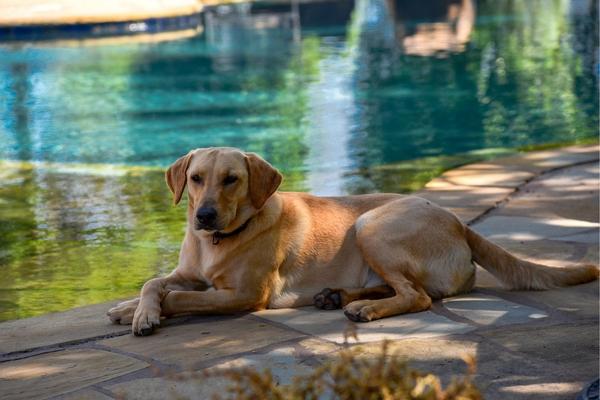
If you have dog allergies, you’ve probably heard about hypoallergenic dogs. Low-shedding dogs are often considered more allergy-friendly, but is any canine 100% hypoallergenic?
The truth is, all dogs carry allergens, and even breeds with a low-shedding coat shouldn’t be described as completely allergy-free. The protein that causes an allergic reaction in humans is found in a dog’s saliva, urine, and dead skin cells.
All dogs urinate, have saliva, and shed dead skin cells (dander), and this is why the ‘100% hypoallergenic dog’ doesn’t exist.
However, the good news for allergy sufferers is that dander is often released with shed fur. So, if your dog doesn’t shed or drool much, your allergy symptoms can hopefully be kept at bay.
To find out more, check out our article, What Is a Hypoallergenic Dog?
Labradors were originally bred as sporting dogs but were later used to help during hunts and assist fishermen in the water. The outdoors-loving Lab has a coat that regulates their core temperature — keeps them warm in the cold and not too hot during the summer months.
The Lab’s double coat is made up of a soft undercoat and a top layer of short guard hair. The overcoat feels more wiry than soft and fluffy. It’s also water resistant and designed to help them stay warm even when swimming in cold water.
The three standard colors of a Labrador’s coat include black, yellow, and chocolate brown. Labradors with a yellow coat can appear almost white, and others can be much darker. These labs can also look rox-red, but this color isn’t as common as the others and isn’t recognized by the AKC.
Labradors are up there with some of the worst dog breeds for shedding. If you’re wondering, do Labradors shed a lot? – The answer is absolutely, loads!
The thick double coat on a Labrador will shed all year round. Your lovable pooch will also experience seasonal shedding and go through periods of extreme hair loss.
In the spring, around March to May, a Labrador sheds their winter coat. During this time, the dense undercoat your Lab grew to keep warm in the colder months, will begin to thin out. You can expect your dog’s fur to come away in clumps during this time, and your home will be covered in hair.
During the fall, Labradors shed their thinner summer coat and start to grow their thicker coat again, ready for the winter.
In short, Labradors are one of the worst dogs for shedding, even when they aren’t seasonal shedding, they will still lose a lot of fur.
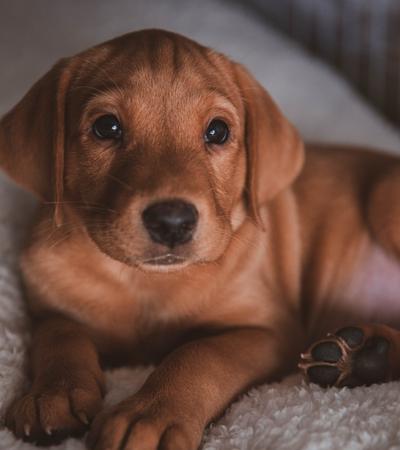
Shedding is a natural part of a dog’s life, and there is no way you can stop it from happening. However, there are ways to minimize the amount of dog fur in your home.
If your house is covered in Labrador hair, there are things you can do to try and keep their shedding under control. If you have dog allergies, be warned, these methods will not stop your Lab from shedding, and your allergy symptoms are still likely to be triggered.
1. Brush Your Labrador Regularly
One of the easiest ways to control the amount of fur inside your home is to brush your dog regularly — outside.
You should aim to brush your Lab once a day. A brushing session can help release any shed fur that’s waiting to fall from your dog’s coat. Hence, why you should do it in the open air.
By taking this grooming task al fresco, you’re keeping their shed fur out of the home. The theory being, the less fur inside, the better for your allergy symptoms.
2. Use Deshedding Tools
Deshedding tools are brushes and combs specifically designed to remove fur from your dog’s undercoat.
The deshedding brush will help to speed up the natural shedding cycle, but it doesn’t stop the fall out completely. You should use a deshedding tool at least twice a week.
3. Give Your Lab Frequent Baths
Regularly bathing your Labrador and using a dog-friendly shampoo can help to minimize the amount of fur in your home. When you wash your dog’s coat, the loose fur and dander will be removed.
Plan to bathe your Labrador every 4 weeks. If this is too frequent for your schedule, you could take your dog to a professional groomer for a puppy pamper and fur wash.
4. A Healthy Diet Is Key!
Minimizing shedding starts from the inside. Hence, if you want to reduce the amount of fur your dog sheds, start with their diet. Dogs need a high-protein diet, also including carbs, fats, and plenty of vitamins and minerals.
Overly processed dog food may fill your dog up but they don’t provide all the nutrition your pooch needs. The best food for your dog will contain whole vegetables and meat and not contain artificial ingredients and fillers.
Omega 3 can also help. Fatty acids play their part in keeping your dog’s skin moisturized and in good condition. Dogs with dry skin will shed more, so omegas are an essential shed-reducing nutrient.
5. Improve Hydration
If your dog is dehydrated, their skin will be dry and in poor condition. Make sure you’re providing your Labrador with plenty of fresh water to drink each day.
Encouraging better hydration can improve the condition of their skin. Over time, as your dog’s skin becomes more hydrated, you should notice a reduction in their shedding.
6. Invest In a Decent Vacuum
There is no denying the fact that Labradors shed a lot. Ask any Lab mom or dad, their fur gets everywhere! While following the advice above will help to minimize shedding, there is no secret method to stop your Labrador shedding completely.
If you just can’t resist the adorable face and playful personality of a Labrador, it may be wise to invest in a powerful vacuum. Many models come with accessories and nozzles designed to pick up stubborn dog hair from your carpets, hard floors, and soft furnishings.
During the spring and fall, when your Labrador is blowing their coat, you will be extremely grateful for a powerful vacuum cleaner!
Labradors are active, playful, loving and make excellent family dogs. While this loyal tail-wagger has plenty of pluses, they’re extremely heavy shedders and would be a poor breed choice for people with allergies.
The following dogs share similar characteristics to the fun-loving Labrador and won’t trigger your allergy symptoms.
The Labradoodle is a mix between a Labrador and a Standard Poodle (but they can also be crossed with the Miniature or Toy Poodle). This mixed breed was developed to create a dog with the personality of a Labrador but without the shedding.
Labradoodles inherit the hypoallergenic coat of their Poodle parent and are an allergy-friendly alternative to the pure Labrador. These dogs are very mild shedders, and often the released dander will remain trapped in their curly coat.
Labradors and Labradoodles are very similar in size, with both breeds growing to around 24 inches. However, Labradors are a bit bulkier at 80 pounds, compared to the more slender physique of the 60-pound Standard Poodle half parent — meaning Labradoodles weigh in at around 50 to 60 pounds.
The Goldendoodle is a hypoallergenic mix breed, developed from the Golden Retriever and Standard Poodle. Goldendoodles are loving and affectionate and also very intelligent, thanks to the genes of both their Poodle and Retriever parent.
Goldendoodles are also around 24 inches in height, but these dogs can weigh up to an impressive 90 pounds. They may be bigger than the average Lab, but their hypoallergenic coat makes them a desirable breed for allergy sufferers.
While a Goldendoodle may have a hypoallergenic, low-shedding coat, that doesn’t mean they’re low maintenance! If left, a Goldendoodle’s coat can become very long and matted. You should brush regularly and trim it every 6 to 8 weeks.
You may not think it because of their big fluffy, white coat, but the Samoyed is hypoallergenic. Like the active Labrador, the Sammie needs plenty of physical exercise and will love going on long walks.
Samoyeds are unique because despite having a double coat and shedding heavily twice a year, they don’t produce enough dander to cause an allergic reaction. If you want a large and fluffy dog, the Samoyed may be the breed for you!
The Samoyed stands at a similar height to the Labrador, yet is slightly lighter, with an average weight of 50 to 60 pounds.
Do you want a Lab because you love spending time in the water? If so, take a look at the Portuguese Water Dog. This breed needs at least 30 minutes of exercise per day and they adore splashing around.
Portuguese Water Dogs are affectionate like the loving Lab and are also known to get on well with children. This gentle yet playful dog adapts well to family life, but may feel a little reserved around strangers.
If you have allergies, the Portuguese Water Dog is a good breed to consider. These dogs have a long curly coat and are infrequent shedders. When a Portuguese Water Dog does shed dander, instead of being released into the air, it’s held in their coat.
Conclusion
If you’re looking for a happy-go-lucky, loyal, and loving pooch without the heavy shedding — the Goldendoodle, Labradoodle, and Samoyed are hypoallergenic alternatives to the popular Labrador Retriever.
Labs are friendly, affectionate, and fun-loving dogs. Plus, the lovable Lab is the perfect choice for families. But this breed is a big no-no for people with allergies.
Are Labradors hypoallergenic? Unfortunately not, they have a dense double coat and are one of the worst breeds when it comes to shedding. Labs will shed all year round and also blow their coats in the spring and fall.
Can I Have a Lab if I Have Allergies?
If you have dog allergies, adopting a Labrador would be a bad idea. Labs shed all year round and shed excessively during the spring and fall. Labradors release a lot of dander and will likely trigger allergy symptoms.
What Dogs Are the Worst for Allergies?
Several dog breeds are known to be bad choices for people with allergies. Dogs that shed heavily and drool excessively are some of the worst breeds for allergy sufferers. If you have allergies, you should avoid the following breeds: Labrador, Golden Retriever, Basset Hound, Pug, and Siberian Husky — to name just a few.
Are Labradors Good With Kids?
Yes, Labradors make excellent family dogs and get on well with children. Labs have a playful yet gentle nature and very rarely become aggressive. A Labrador will easily adapt to family life and enjoy spending time with people of all ages.
Do Labradors Bark a Lot?
Labradors are docile and gentle dogs and aren’t big barkers. A Lab may bark when someone is at the door, but they aren’t yappy dogs, they have quite a relaxed temperament.
Why Is My Lab Shedding So Much in December?
Labradors experience seasonal shedding, which means they lose and regrow their coats for the change in temperature. In December, your Lab will have their winter coat but may still be losing some of their summer coat. Plus, Labradors shed all year round and this shedding can feel like a lot at times.


